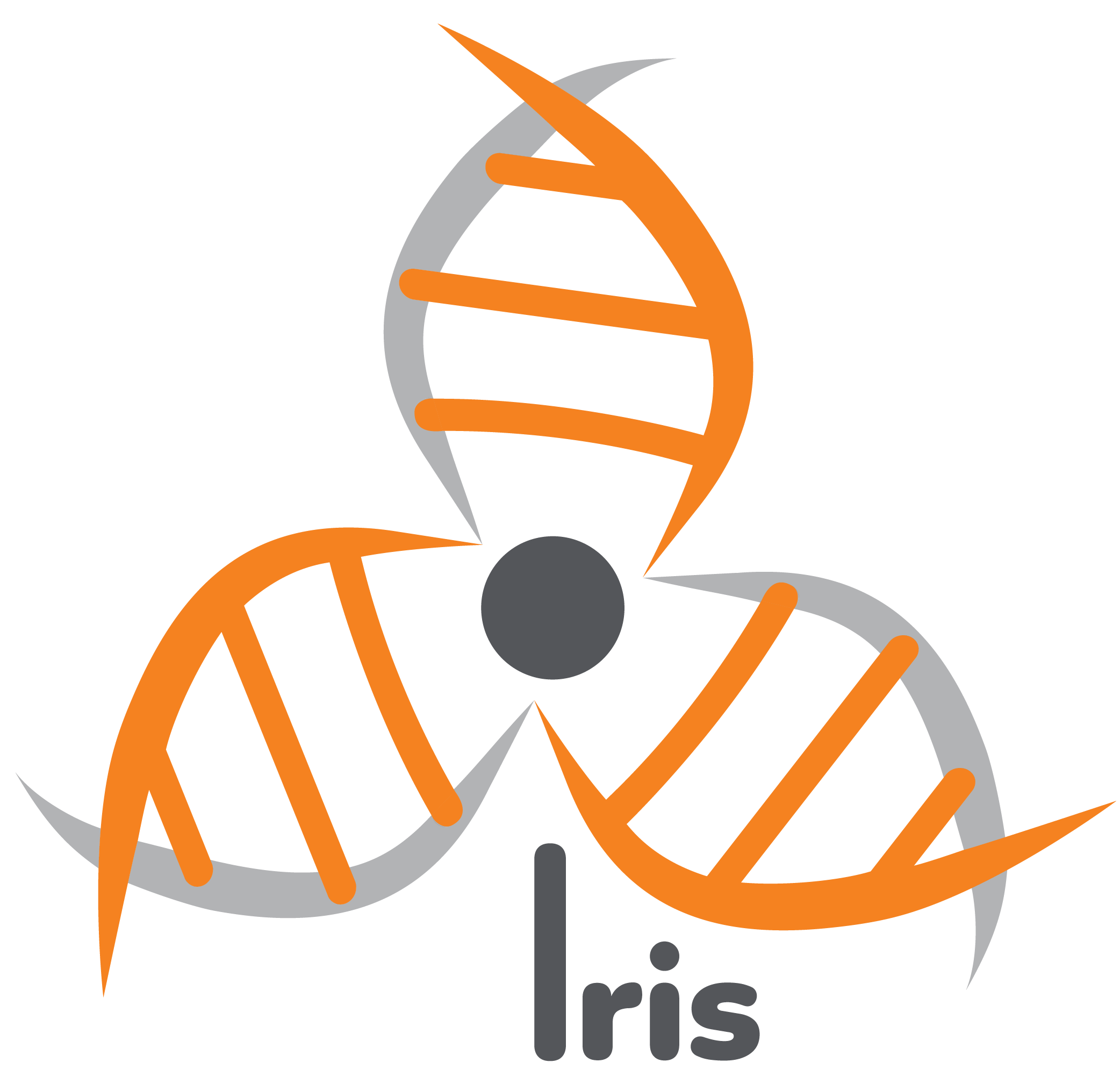Positron Emission Tomography is well-established in the diagnosis and treatment monitoring of Hodgkin‘s lymphoma (HL). HL is a type of tumour that can be characterized by its sugar consumption. Thus, PET enables early monitoring of treatment response, that is shows if the lymphoma shrinks or grows, reflecting whether the therapy is working or not working . So far, only very basic information of the acquired PET images is used. Since the biology of HL is linked to its metabolism, we aim to analyze PET images in more detail by using artificial intelligence algorithms.
By doing so, we seek to identify those patients specifically who suffer from aggressive HL and who are in need of more intense treatment. The same algorithms can hopefully be used also to identify patients with a favourable prognosis and who require less intense treatments with fewer side effects. This project (2020-2023) has been funded through the EraCoSysMed 3rd joint translational call (ANR-19-SYME-0005-03 contract).
People involved in the lab : Kibrom Girum, Louis Rebaud, Anne-Ségolène Cottereau, Irène Buvat (responsible for the lab).
Publications :
- Haberl D, Spielvogel CP, Orlhac F, Iommi D, Buvat I, Haug AR, Papp L. Multicenter PET Image Harmonization using Generative Adversarial Networks. Eur J Nucl Med Mol Imaging, 51:2532-2546, 2024. DOI: 10.1007/s00259-024-06708-8.
- Girum KB, Cottereau AS, Vercellino L, Rebaud L, Clerc J, Casasnovas O, Morschhauser F, Thieblemont C, Buvat I. Tumor location relative to the spleen is a prognostic factor in lymphoma patients: a demonstration from the REMARC trial. J Nucl Med, 65(2):313-319, 2024. DOI: 10.2967/jnumed.123.266322
- Girum KB, Rebaud L, Cottereau AS, Meignan M, Clerc J, Vercellino L, Casasnovas O, Morschhauser F, Thieblemont C, Buvat I. 18F-FDG PET maximum intensity projections and artificial intelligence: a win-win combination to easily measure prognostic biomarkers in DLBCL patients. J Nucl Med 63(12):1925-1932, 2022. DOI :10.2967/jnumed.121.263501


